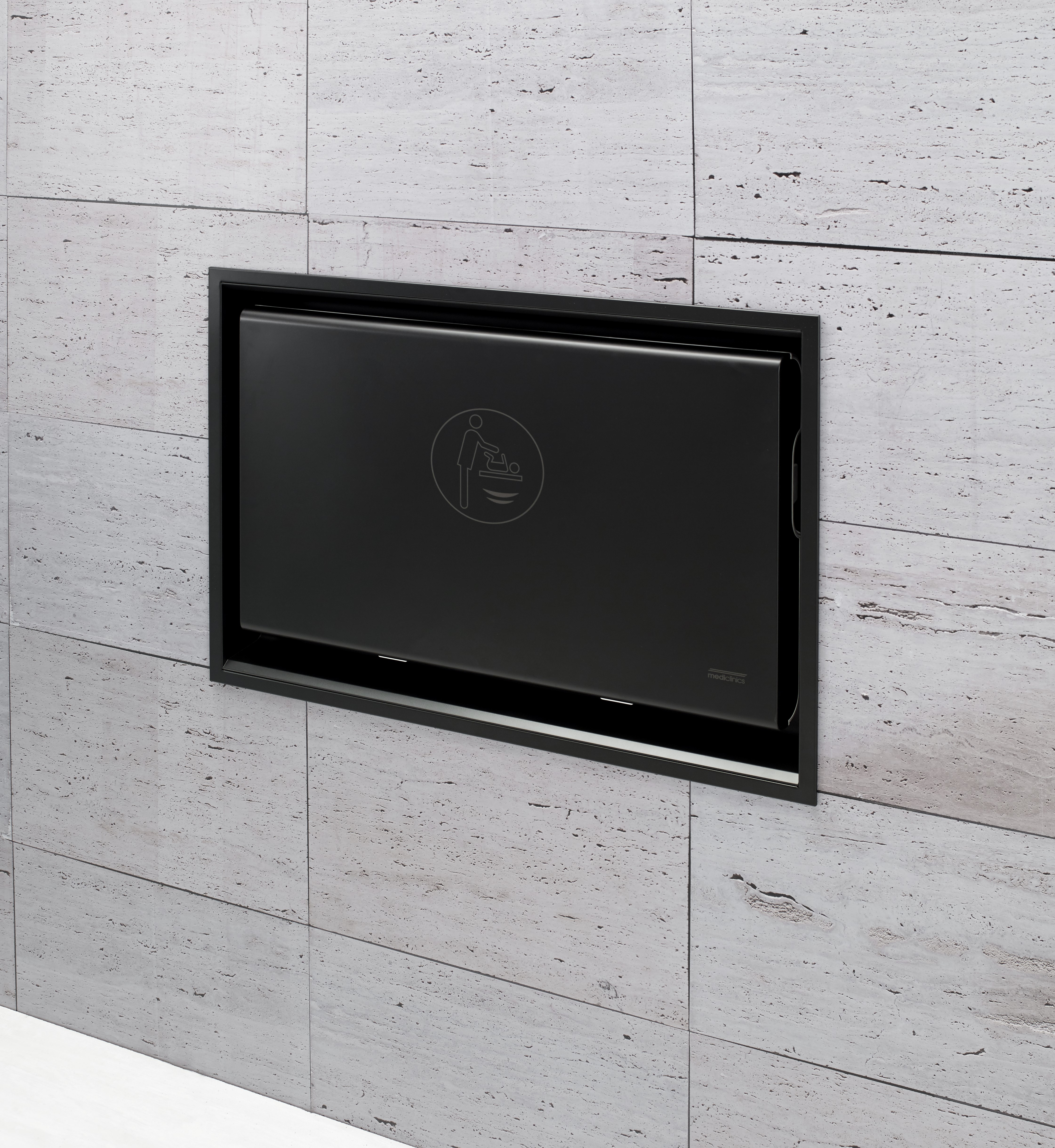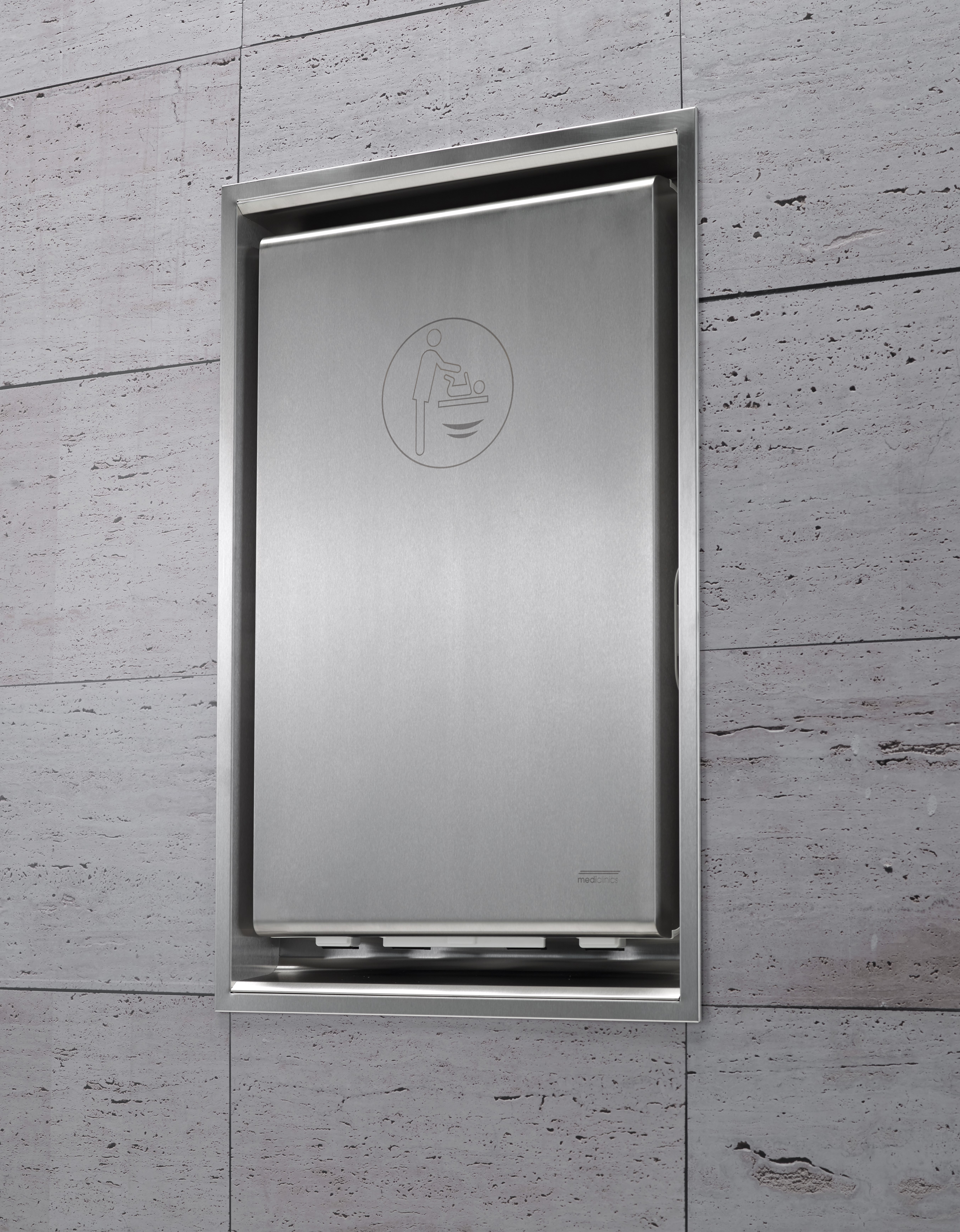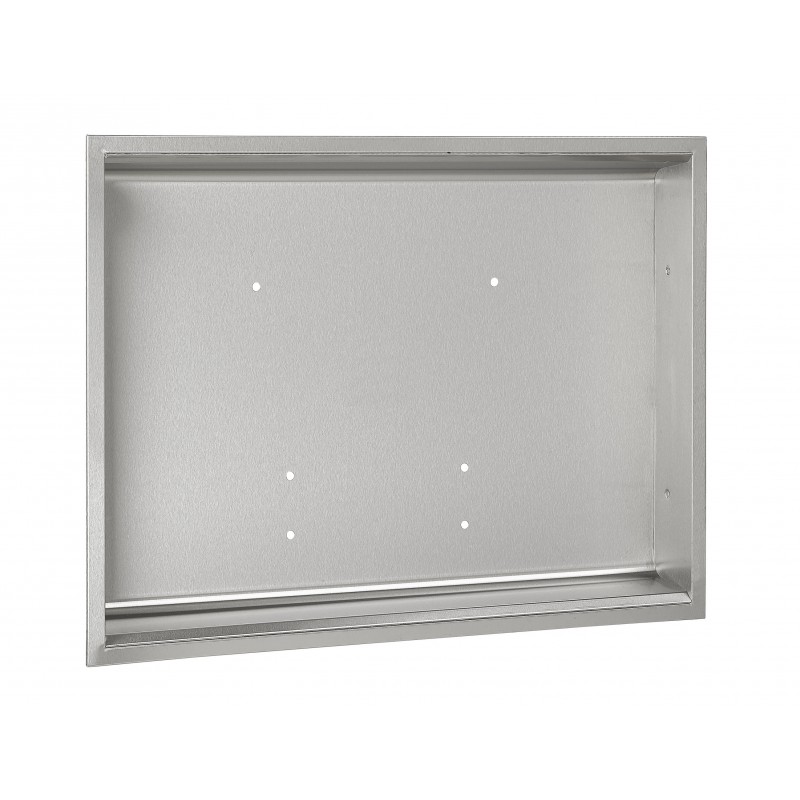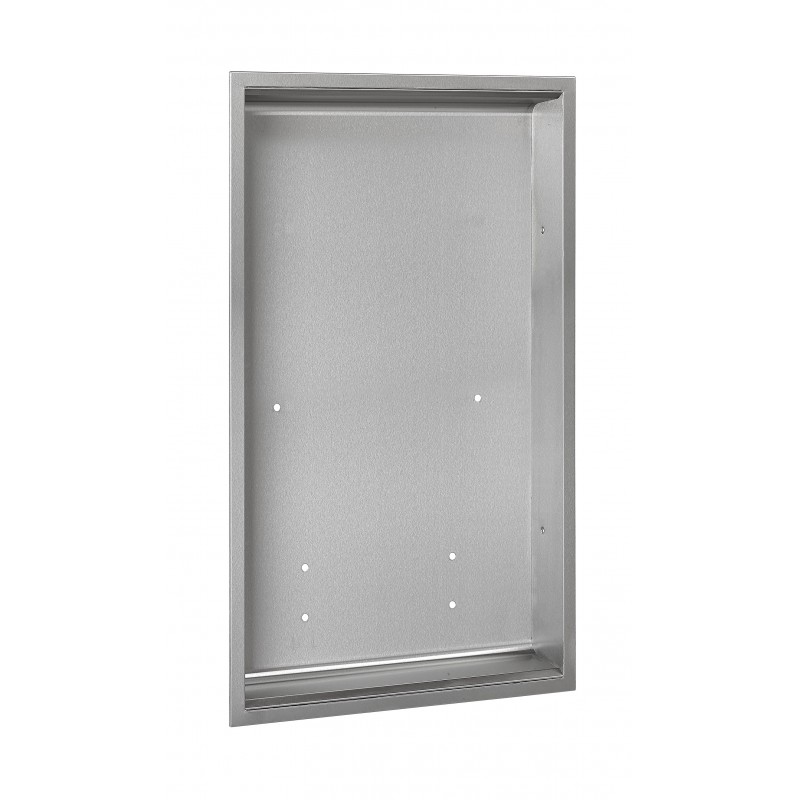Saniflow’s Top Features to Look for in a Baby Changing Station
When it comes to public restroom design, baby changing stations are no longer optional — they’re a necessity and that goes for both men's and women's restrooms. For facility managers, senior purchasing executives, architects, and general contractors, the right choice for a baby changing station can significantly improve user experience, lower maintenance costs, and demonstrate a commitment to both safety and hygiene.
But what should you look for when evaluating options? At Saniflow Corp., our BabyMedi® changing stations are designed with the demands of high-traffic restrooms in mind, incorporating key features that meet the needs of families and facilities alike.
1. Compliance and Accessibility
Any baby changing station intended for commercial restrooms must meet ADA standards and recognized safety certifications. ADA-compliant stations ensure accessibility for all users, while compliance with standards like ASTM and EN guarantees durability and reliability. For architects and contractors, this also means smoother approvals and peace of mind that your installations align with legal requirements.
Saniflow’s BabyMedi® stations are fully ADA-compliant and certified to both U.S. and European safety standards, making them a trusted choice for projects in diverse environments.
2. Built-In Antimicrobial Protection
Hygiene is one of the biggest concerns in public restrooms, especially in areas where infants are cared for. Surfaces that aren’t treated can quickly become hotspots for microbial growth, even with routine cleaning.
That’s why Saniflow incorporates BioCote® antimicrobial technology directly into the exposed surfaces of BabyMedi®. This built-in protection actively reduces microbes on contact, helping surfaces stay cleaner for longer between cleans. For facility managers, it means less worry about bacteria buildup and greater confidence in the hygiene of their restrooms.
3. Automatic Ion Hygienic® Technology
Saniflow goes a step further with Ion Hygienic® technology, built into the BabyMedi®. When the station is folded back into its upright position between uses, the automatic ionizer activates, emitting negatively charged particles that neutralize bacteria and viruses. This ensures that every time a parent or caregiver uses the station, it has already undergone an additional layer of hygienic protection. For senior-level purchasers and facility leaders, this is a standout feature that enhances user safety and strengthens your brand’s reputation for cleanliness.
4. Flexible Installation Options
Space is often a limiting factor in restroom design. That’s why BabyMedi® stations are available in both vertical as well as horizontal, along with recess kits that allow for flush-mount installation. Recessed units save space, create a sleeker aesthetic, and reduce obstructions in high-traffic restrooms. For architects and interior designers, this flexibility allows baby changing stations to fit seamlessly into modern restroom layouts without compromising accessibility or style.
5. Durability for High-Traffic Restrooms
Finally, durability is critical. A baby changing station should withstand the wear and tear of constant use in environments like airports, shopping centers, schools, and restaurants. Saniflow’s BabyMedi® stations are constructed with high-strength materials designed to last in even the busiest facilities. Added features like bag hooks, safety straps, and lockable liner dispensers further reduce maintenance needs while enhancing usability
The Smarter Choice for Facilities
Choosing the right baby changing station is about more than just meeting a requirement — it’s about designing restrooms that are safe, hygienic, and user-friendly for every visitor. With BioCote® antimicrobial surfaces, automatic Ion Hygienic® technology, ADA compliance, recess kit options, and unmatched durability, Saniflow’s BabyMedi® stations set a new standard for family-friendly restrooms.
For facility managers, architects, general contractors, and purchasing leaders, BabyMedi® isn’t just a fixture — it’s an investment in cleaner, safer, and smarter public spaces.















